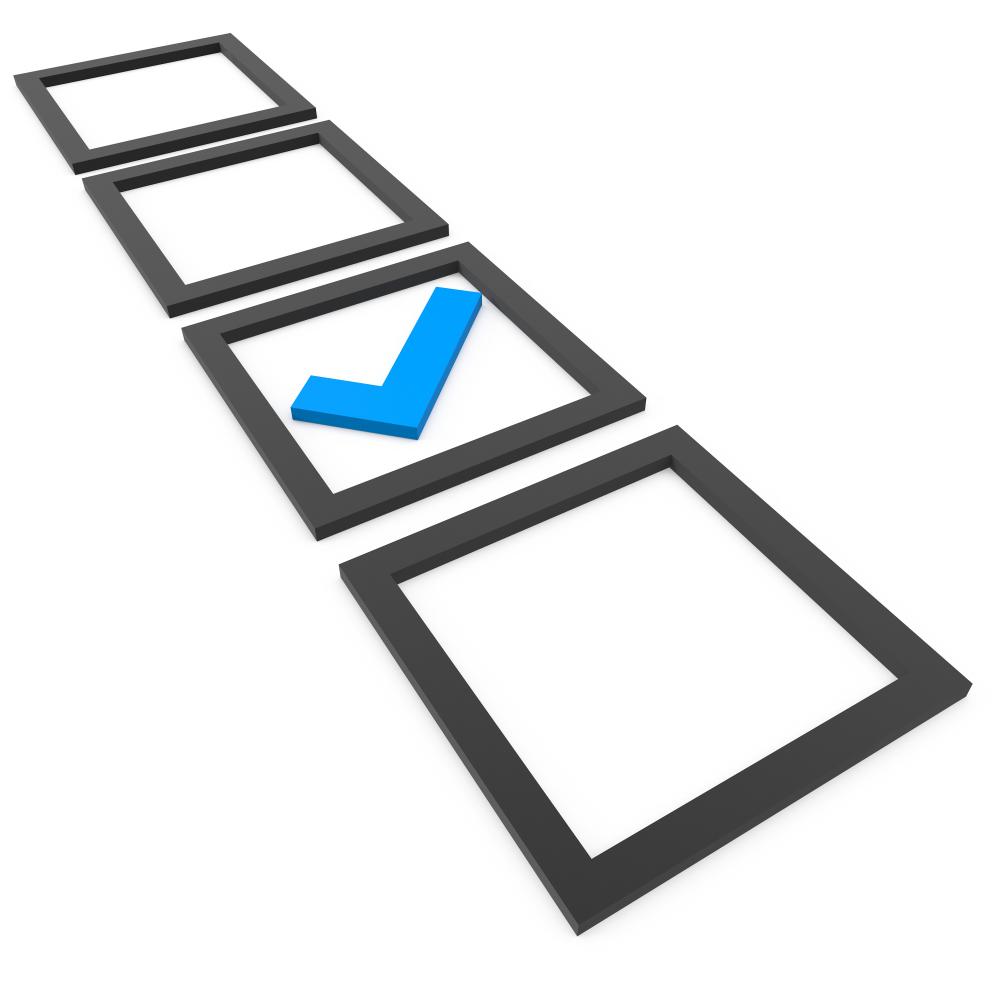The Importance of Domain Rating (DR) Metrics
In my two decades of diving into the realms of SEO, I've seen how metrics can make or break strategies. One such crucial metric is the Domain Rating (DR) from Ahrefs. The domain rating checker ahrefs tool provides insights into the backlink profile strength of a website, crucial for gauging its competitive edge. Unlike other metrics, DR focuses on the quality and quantity of referring domains, offering a unique perspective on website authority.
SEO professionals, bloggers, and digital marketers rely on the domain rating checker ahrefs to improve their backlink strategies. I've personally used it to track client progress, providing a roadmap for boosting online visibility. Its accuracy and speed are unrivaled, allowing for seamless strategy adjustments based on DR trends.
Why Does Domain Rating Matter?
The Ahrefs Domain Rating is a reflection of a site's potential to rank higher in search results based on its backlink quality. I've often compared it to a site's digital reputation, where a higher DR signifies a more authoritative presence. By using the domain rating checker ahrefs, businesses can benchmark their progress against competitors and strategize accordingly.
DR not only helps in understanding a site's current position but also aids in identifying link-building opportunities. It's like having a compass in the vast SEO jungle, guiding toward stronger, more relevant links. Over the years, this has proven invaluable in elevating sites to top SERP positions.
Despite its importance, it's vital to remember that DR is just one piece of the puzzle. Other factors, such as content quality and user experience, also play significant roles. However, for backlink analysis, DR remains a steadfast ally.
How to Use Domain Rating Checkers Effectively
Using the domain rating checker ahrefs is straightforward, yet maximizing its potential requires strategy. Here's a tried-and-true process:
- Enter the target domain into the tool.
- Review the DR score and compare it with competitors.
- Analyze linking domains to identify high-quality link opportunities.
- Develop a targeted outreach plan to build backlinks from authoritative sites.
- Monitor changes over time to evaluate the effectiveness of link-building efforts.
Following these steps, I've been able to consistently enhance the backlink profiles of numerous websites, gradually improving their DR and, subsequently, their search engine rankings.
How Does DR Comparison Benefit Your Strategy?
DR comparison is akin to peeking into a competitor's SEO playbook. With the domain rating checker ahrefs, you can size up where you stand and uncover gaps in your link-building approach. For instance, if your competitors have higher DR scores, it's a cue to analyze their backlink profiles and emulate successful strategies.
Through comparison, I've often discovered untapped link-building avenues and adjusted campaigns to align with industry standards. It's a constant tug of war for top positions, and DR comparison serves as a tactical tool in this battle.
This not only strengthens your backlink strategy but also enhances your overall SEO plan, leading to more organic traffic.
- Identify industry benchmarks
- Spot underperforming areas
- Capitalize on competitor weaknesses
How Can You Improve Your Domain Rating?
Improving your DR is akin to crafting a strong foundation for your online presence. Leveraging the domain rating checker ahrefs, here are the key steps to enhance your DR:
- Focus on acquiring backlinks from high-authority domains.
- Ensure links are relevant to your content and audience.
- Regularly audit your links for quality and relevance.
- Create compelling content that naturally attracts links.
- Engage in strategic outreach to industry influencers.
By following these steps, I've witnessed dramatic improvements in clients' DR scores, which in turn boosted their search visibility. It's about building a network of credible, relevant links that stand the test of time.
What Makes a Good Domain Rating Score?
Determining a "good" DR score can be subjective, depending on your industry and competition. Generally, a higher DR signifies stronger backlink quality and domain authority. However, context is key. In niche markets, even a modest DR might be sufficient. To determine this, I use the domain rating checker ahrefs to benchmark against similar sites.
Analyzing DR trends over time provides valuable insights. A sudden dip might indicate a loss of quality backlinks, while a steady rise shows successful link-building efforts. Striving for consistent improvement rather than absolute numbers is often the best strategy.
In conclusion, a good DR is one that allows you to compete effectively within your niche, ultimately driving more traffic and conversions.
As a digital marketer with over two decades in the industry, the concept of a domain rating cheker has become a staple in my toolkit. Domain Rating (DR) is an essential metric provided by Ahrefs, measuring the strength of a website's backlink profile on a hundred-point scale. This rating helps us gauge the potential of a website to rank in search engine results.
Using a domain rating cheker allows SEO professionals to monitor their own sites and evaluate potential link partners. The insight gained here can guide improvements in link-building strategies, which are crucial for achieving a higher DR. These tools, like the one provided by Domain Rating IT, offer a straightforward way to assess and compare domain ratings.
Why Use a Domain Rating Cheker Frequently?
The frequent use of a domain rating cheker aids in tracking the impact of SEO strategies over time. By monitoring changes in DR, businesses can understand the success of their link-building efforts. This is particularly vital for those in competitive industries where every edge can translate to better search visibility and, ultimately, higher traffic.
Checking DR consistently also uncovers opportunities and threats in the digital landscape. A drop in DR might signify potential issues like the loss of valuable backlinks. Conversely, an increase could indicate successful tactics that can be capitalized on further.
Steps for Improving Your Domain Rating Cheker
- Identify high-authority domains related to your niche.
- Craft compelling content that attracts backlinks organically.
- Engage in outreach to build relationships with these domains.
- Monitor your progress using a reliable domain rating cheker.
These steps not only improve your DR but also enhance your site's overall credibility. It's a strategy that requires diligence and perseverance to see significant results.
How Does Domain Rating Cheker Calculate Ratings?
Domain Rating is calculated by assessing the quantity and quality of external links to a website. The domain rating cheker evaluates how many unique domains link to the target site, factoring in the authority of these linking domains. The score is plotted on a 100-point scale, representing the site's backlink strength.
It's crucial to emphasize that DR does not consider link spam or domain age, unlike other metrics. This focus on pure backlink quantity and quality makes it a reliable measure of a site's link-building efforts.
What Are Common Questions About Domain Rating Cheker?
A frequent question I encounter is, "How does my website's domain rating cheker compare to my competitors'?" The answer lies in using the tool to benchmark your DR against others in your industry. A higher DR suggests stronger link popularity, which could correspond to better search engine rankings.
- Is a higher DR always better?
- How often should I check my DR?
- What factors most influence DR?
These inquiries reflect the importance of maintaining a robust backlink profile. By addressing them, businesses can strategically plan their SEO efforts to enhance their domain authority.
Exploring Domain Rating in SEO
Domain Rating (DR) serves as a pivotal metric in the world of SEO, particularly when using tools like Ahrefs. It quantifies the strength and authority of a website's backlink profile, ranging from 0 to 100. Achieving a high DR can position your website as an authoritative source, enhancing its potential to rank better on search engines.
As someone who's navigated the digital marketing landscape for over two decades, I've consistently seen DR influence how websites are perceived in the competitive rankings arena. Knowing how to leverage the domain rating checker tool effectively can significantly impact your SEO strategy.
Why Domain Rating Matters
The significance of Domain Rating cannot be overstated. It not only reflects the quality of your website's backlinks but also serves as a benchmark against competitors. Evaluating a site's DR can provide insights into its ability to attract organic traffic and, subsequently, potential clients or readers.
Utilizing a domain rating checker allows for quick assessments, enabling informed decision-making. Knowing where you stand can help you tailor your SEO efforts, focusing on acquiring high-quality backlinks that bolster your DR.
A common scenario is observing a competitor with a higher DR and analyzing their backlink strategies to improve your own. This tactical approach aids in refining link-building strategies to elevate your site's authority.
How to Use a Domain Rating Checker
- Access the Tool: Begin by navigating to a reliable domain rating checker such as Domain Rating IT.
- Input Your Domain: Enter the domain URL you wish to analyze.
- Analyze Results: Review the DR score presented, noting areas of strength and opportunities for improvement.
- Compare with Competitors: Use the DR scores of competitor sites to understand industry dynamics.
- Develop Strategies: Formulate strategies to improve your DR, focusing on quality backlinks and domain reputation.
By consistently employing a domain rating checker, you can monitor progress over time, ensuring your website remains competitive and authoritative.
Can Domain Rating Influence SEO Success?
The short answer is yes. A robust Domain Rating often correlates with increased organic traffic, although it's not a direct ranking factor. It mirrors the trustworthiness of a site's backlink profile, which search engines like Google regard favorably.
In practice, a higher DR can signal to search engines that your site is a credible source of information, ultimately leading to better visibility in search results. As we delve deeper into the mechanics of SEO, utilising tools like a domain rating checker proves to be invaluable in shaping an optimized strategy.
Steps to Improve Your Domain Rating
- Create Quality Content: High-quality content naturally attracts backlinks, positively impacting your DR.
- Engage in Guest Blogging: Writing for reputable sites can earn you valuable backlinks.
- Leverage Social Media: Share content that encourages organic backlinks from authoritative profiles.
- Conduct Regular Audits: Use a domain rating checker to track progress and adjust strategies as needed.
How is Domain Rating Calculated?
Domain Rating (DR) is calculated based on the number of unique domains linking to a website and the authority of those domains. Essentially, it considers how many other high-quality sites link back to your own, with more weight given to links from authoritative domains. It's similar to how social credit might work; the more reputable people endorsing you, the more credible you become. Interestingly, DR doesn't include spammy or irrelevant links, which is crucial for maintaining an accurate measurement of your site's authority.
Why Use a Domain Rating Checker?
Using a domain rating checker is like having a GPS for your SEO journey. It helps you understand your site's backlink profile, allowing for strategic improvements. By monitoring your DR, you can pinpoint the effectiveness of your link-building strategies and adjust them as needed. Personally, I've seen businesses soar in search results simply by refining their link acquisition approach, guided by regular DR assessments. It's akin to adjusting sails on a ship to catch the best winds, ensuring you're always on the right course.
How Does a High DR Benefit SEO?
A high DR often correlates with increased trust from search engines, resulting in better rankings. Although DR itself isn't a direct ranking factor, it reflects the quality of your backlink profile, which Google values highly. Think of it as street credibility; the more reputable endorsements you have, the more likely people are to listen to your message. In practice, a high DR can lead to enhanced visibility, more organic traffic, and, ultimately, increased conversions.
What Are Some Common Misconceptions About Domain Rating?
One common misconception is that a high DR automatically guarantees top search rankings. While DR is a valuable metric, it's only part of the equation. Content quality, user experience, and on-page SEO practices also significantly impact rankings. Another misconception is that DR can be manipulated easily through paid links or link farms. In reality, Google and tools like Ahrefs are adept at identifying and discounting such tactics. Sustainable DR improvement comes from genuine, high-quality backlinks.
What Makes a Good Domain Rating Score?
A "good" DR score largely depends on your industry's competitive landscape. In highly competitive spaces, a DR of 70 might be necessary to stand out, whereas in niche markets, a DR of 30 could be quite competitive. The key is to benchmark against your peers and not just chase higher numbers. A good score is one that helps you achieve your business goals, whether that's driving traffic, increasing leads, or boosting sales.
How Can You Improve Your Domain Rating?
Improving your DR involves a well-rounded SEO strategy focused on acquiring relevant, high-quality backlinks. Start by creating valuable content that others naturally want to link to. Engaging with industry influencers and participating in guest blogging can also yield strong backlinks. It's much like building relationships in a community; over time, these connections grow and add value to your standing. Consistently audit your backlink profile to remove spammy links that might harm your DR, ensuring you maintain a strong backlink foundation.
How Often Should You Check Your Domain Rating?
It's prudent to check your DR regularly, perhaps once a month, to keep track of your link-building efforts and their impact on your authority. This frequent monitoring allows you to detect trends, such as a steady DR increase due to successful link-building or a sudden drop due to lost links. Staying on top of your DR is like regularly checking your car's oil; it keeps your SEO running smoothly and helps anticipate any issues before they become significant problems.
Is Domain Rating More Important Than Domain Authority?
Domain Rating (DR) and Domain Authority (DA) serve similar purposes, providing insights into the strength of a website's backlink profile. However, the choice between the two often comes down to preference and the toolset you're already using. DR is praised for its emphasis on the quality and authority of linking domains, whereas DA might be preferred for its comprehensive overview of multiple factors. Both metrics are valuable, but neither is the be-all-end-all; using them together can provide a fuller picture of your SEO health.
How Does a Domain Rating Checker Enhance SEO Strategy?
A domain rating checker provides the insights needed to refine your SEO strategy effectively. By analyzing your DR, you can identify strong and weak points in your backlink profile, allowing you to focus efforts where they matter most. Imagine it as a diagnostic tool, offering a glimpse into the health of your website's authority. With this information, you can better allocate resources, target your outreach, and optimize your content to attract better backlinks, driving more meaningful improvements.
Why Compare Your Domain Rating with Competitors?
Comparing your DR with competitors is akin to checking your position in a race. It helps you understand where you stand within your industry and identify areas for improvement. If a competitor has a higher DR, analyzing their link-building strategies can offer valuable lessons. This comparison acts as a benchmark, inspiring strategies to bridge the gap and enhance your site's competitiveness. It's an ongoing journey of learning and optimizing to maintain an edge in the SERPs.


